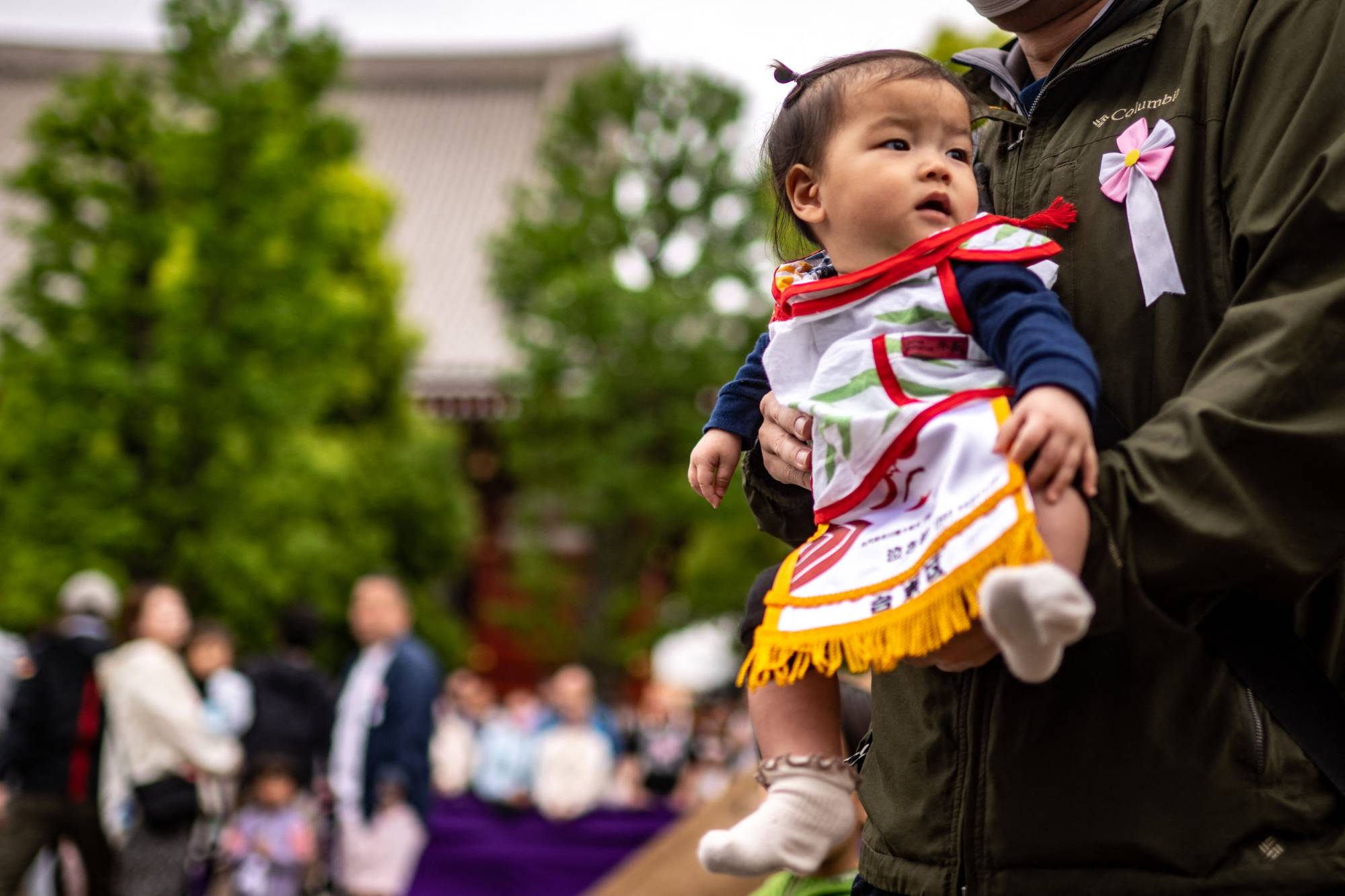Japan’s population will fall to 87 million in 2070, or around 70% of the current 126 million, of which non-Japanese residents will account for 10.8%, according to the latest projections released Wednesday by the National Institute of Population and Social Security Research.
Also, in 50 years, the percentage of people age 65 or older is estimated to reach 38.7%, up from 28.6% in 2020, the health ministry-affiliated institute said.
The population estimates include all Japanese nationals and foreign nationals living in Japan for more than three months.

















With your current subscription plan you can comment on stories. However, before writing your first comment, please create a display name in the Profile section of your subscriber account page.